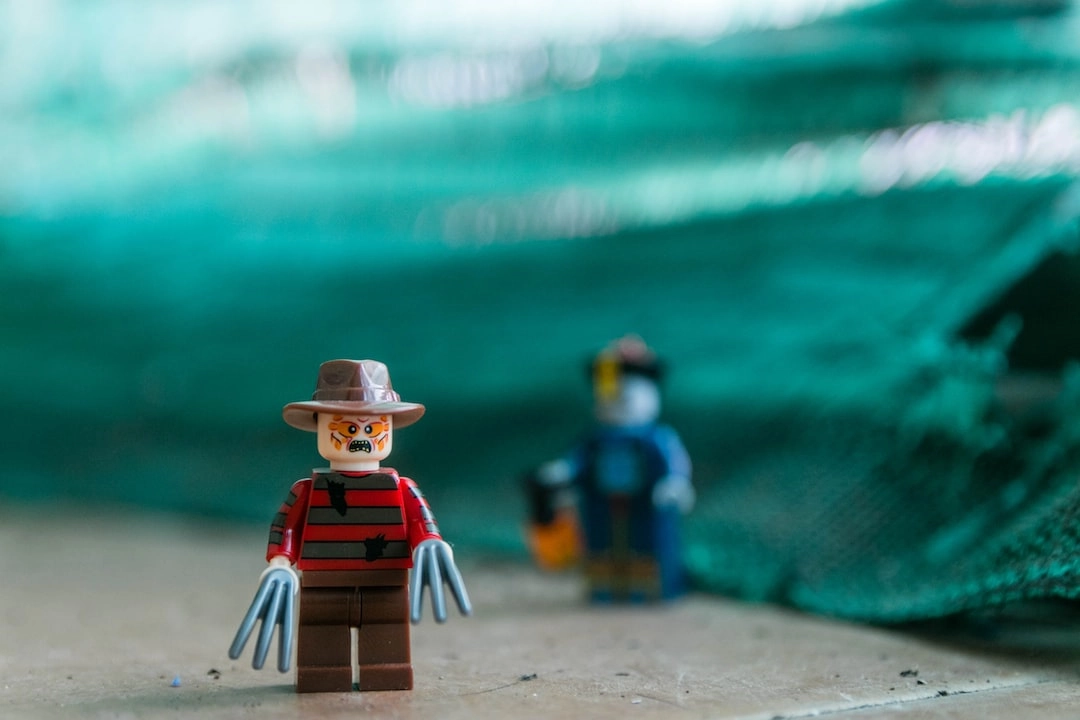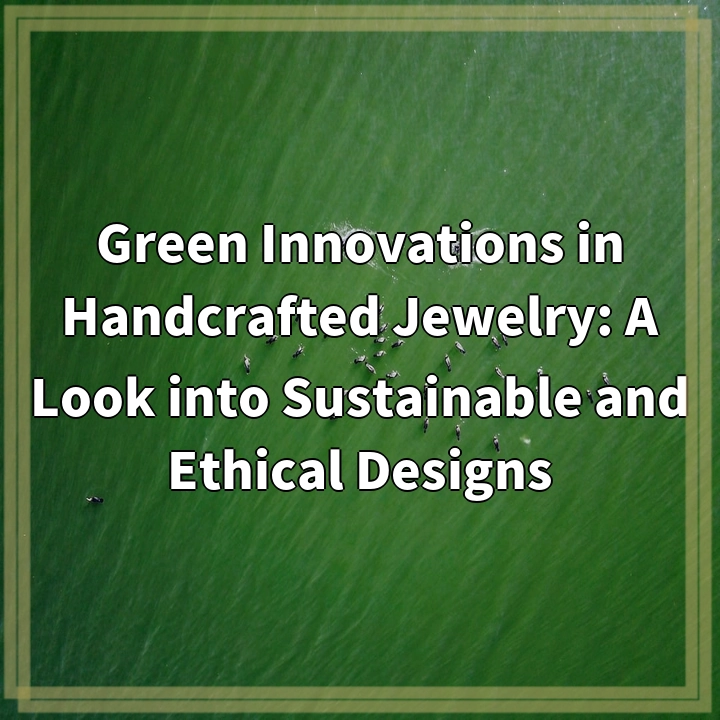
What is Sustainable Toy Manufacturing?
Sustainable toy manufacturing is the process of producing toys in an environmentally responsible and ethical manner. It involves taking into consideration the lifecycle of toys, from the sourcing of materials to production processes, packaging, and disposal. Sustainable toy manufacturers strive to minimize their ecological footprint, promote fair labor practices, and prioritize the health and safety of children.
Real-World Problems Associated with Sustainable Toy Manufacturing
1. Environmental Impact
Traditional toy manufacturing often involves the use of non-renewable resources, excessive packaging, and wasteful production methods. This results in significant carbon emissions, pollution, and resource depletion. Sustainable toy manufacturing aims to address these issues by utilizing eco-friendly materials, reducing waste, and implementing sustainable manufacturing practices.
2. Social Responsibility
Another challenge faced in the toy industry is the exploitation of workers and unethical labor practices. In certain regions, toy manufacturing is associated with low wages, unsafe working conditions, and child labor. Sustainable toy manufacturers prioritize fair trade and fair labor standards, ensuring that workers are treated ethically and paid fair wages for their work.
3. Chemical Safety
Many conventional toys contain harmful chemicals such as phthalates, lead, and BPA, which can be detrimental to children’s health. Sustainable toy manufacturers prioritize the use of non-toxic and natural materials that are safe for children to play with, reducing the risk of exposure to harmful substances.
4. Consumer Awareness and Education
One of the challenges in promoting sustainable toy manufacturing is raising awareness among consumers about the importance of eco-friendly toys. Many people are unaware of the environmental and social impact of conventional toys. Sustainable toy manufacturers need to educate consumers about the benefits of sustainable toys and the role they play in creating a more sustainable future.

Solutions for Sustainable Toy Manufacturing
1. Material Sourcing and Manufacturing
Sustainable toy manufacturers source materials from eco-friendly and renewable sources, such as organic cotton, sustainably harvested wood, and recycled plastic. They prioritize the use of non-toxic and safe materials during manufacturing processes, reducing the environmental impact and ensuring the safety of children.
2. Packaging and Waste Reduction
To minimize waste, sustainable toy manufacturers opt for minimal and recyclable packaging. They also focus on designing toys with fewer parts and longer lifespans, promoting durability and longevity. By encouraging recycling and providing instructions for responsible disposal, they contribute to waste reduction efforts.
3. Fair Trade and Ethical Labor Practices
Sustainable toy manufacturers prioritize fair trade and ethical labor practices. They ensure safe and fair working conditions for their employees, providing fair wages and supporting local communities. By adhering to fair labor standards, they combat exploitation and contribute to a more socially responsible toy industry.
4. Consumer Education and Awareness
To promote sustainable toy manufacturing, it is crucial to raise consumer awareness about the benefits of eco-friendly toys. Sustainable toy manufacturers engage in educational campaigns, highlighting the environmental and health advantages of their products. By providing information and resources, they empower consumers to make informed and sustainable choices.
5. Collaboration and Industry Standards
To address the challenges associated with sustainable toy manufacturing, collaboration among industry stakeholders is essential. Sustainable toy manufacturers work together to establish and uphold industry-wide standards for environmental sustainability, labor practices, and material safety. By sharing best practices and promoting transparency, they drive positive change throughout the toy industry.















